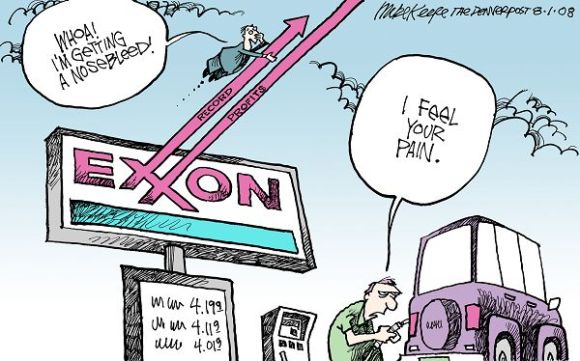Monday’s U.S. Supreme Court ruling that by growing beans without purchasing new seeds, an Indiana farmer violated Monsanto’s patent on soybean seeds totally addresses the issue of patent rights, but ignores the germane issue– the right of a corporation to monopolize the seed industry. In response to this ruling, Monsanto’s top lawyer, David F. Snively, stated, “[t]his court ruling ensures that the longstanding principles of patent law apply to breakthrough 21st century technologies that are central to meeting the growing demands of our planet and its people”.
While this decision may be correct on the subject of patent rights, it truly flies in the face of the green movement and sustainability. To allow a corporation to advance technologies that eliminate crop diversity with the creation of a few homogenous crops (soy, potatoes, corn and wheat), supposedly to address the problem of world hunger, is a very dangerous practice. Monsanto, along with other large corporations, have endorsed practices that have included taking over many seed companies and reducing farmers from positions of independent owners to “renters” of their products. These industrial agricultural practices have resulted in the loss of biodiversity and the extinction of more than 80,000 plant varieties.
While Monsanto speaks of advancing seed technology, it must be recognized that the company is sewing seeds of deception. The company’s sense of victory from this Supreme Court decision carries a caveat that while it may be a victory on patent rights, it is not the final word on acceptable agricultural practices. We do not have to invest in Monsanto or purchase any products in which Monsanto is invested. The bottom line is that farmers will not grow what consumers refuse to buy. The choice is ours, and with research, consumer education and activism, consumers can restrict their investments and purchases to products from businesses who do not set out to manipulate and control our food supply.
Monsanto may be able to dupe climate change deniers and even the Supreme Court, but the proponents of the green movement, the true stewards of this planet, will not be duped! As always, let’s live green, be green.
___________________
Sources for this article:
1. http://www.huffingtonpost.com/2013/05/13/supreme-court-monsanto_n_3266319.html.
2. http://livegreenbegreen.com/2013/04/25/the-power-of-seeds-the-main-ingredient-to-sustain-life/










